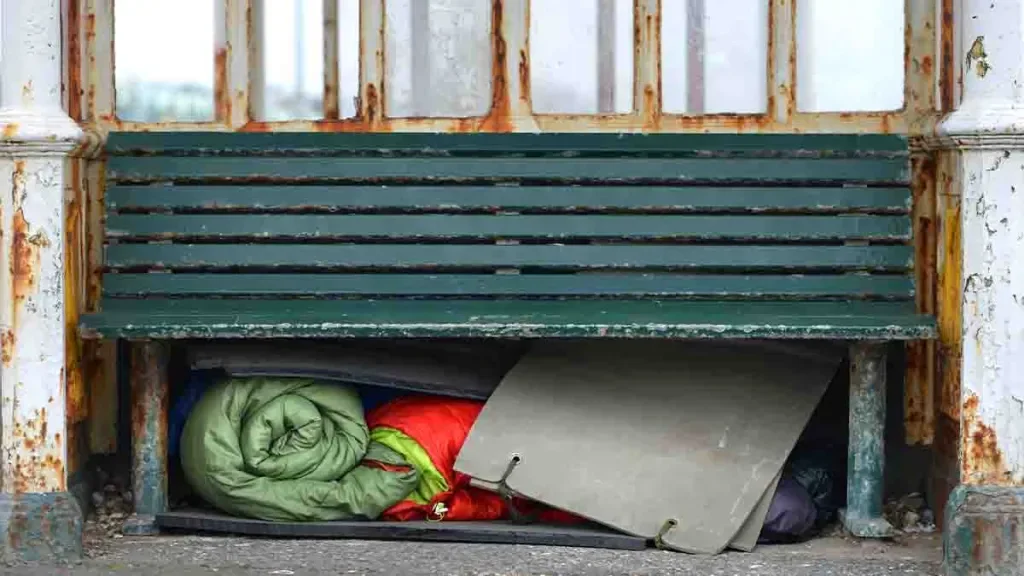
California’s Controversial Car-Sleeping Bill: A Stark Solution to the Student Homelessness Crisis
California’s persistent housing crisis has reached a breaking point for many of the state’s college students, sparking a dramatic legislative response that puts the humanitarian emergency in full public view. Assemblymember Corey Jackson’s new bill, proposing that homeless students be legally allowed to sleep in their cars on college campuses, has ignited fierce debates in the halls of Sacramento and on campuses across the state. The measure is a blunt—some say brutal—test of priorities in a state that touts its commitment to both education and equity.
With data revealing that one in four California community college students experienced homelessness in the past year, the numbers behind this legislative maneuver are staggering. The California Department of Education reported a record 246,480 homeless students statewide during the 2022-2023 school year, up from the previous year. Despite California’s $291 billion budget and progressive ambitions, the crisis for college students teeters between emergency and neglect.
Jackson’s bill, inspired partly by grassroots initiatives like Long Beach City College’s 2021 safe-parking pilot, would require California community colleges and California State University campuses to establish overnight parking programs. These programs aim to offer homeless students a safe and legal place to park, access to restrooms, Wi-Fi, and basic dignity—hardly the stuff of the California Dream, but, for many, the only buffer against the dangers of living unsheltered.
Opposition has been swift and vocal. University officials argue that the bill is an “unfunded mandate” that places additional burdens on institutions already stretched thin, while lawmakers from both sides question whether the proposal does enough to address the roots of California’s housing problems. “We’re not taking a very moral position,” Jackson lamented, as he pressed the case that waiting for comprehensive reforms will leave vulnerable students exposed to further risk and uncertainty.
Conversely, supporters see the bill as a necessary, if imperfect, stopgap. Ivan Hernandez, president of the Student Senate for California Community Colleges, insists that “providing safe spaces for students in need” is critical in these extreme circumstances. Evidence from Long Beach’s safe-parking initiative supports this position: despite initial concerns over security and crime, the program has run incident-free, delivering real relief for dozens of students at a relatively modest annual cost of $200,000.
Yet, even as it cleared its first committee on a party-line vote, the bill faces hurdles: cost, feasibility, and philosophical divides regarding the responsibilities of California’s storied higher education system. At its heart, the debate is not just about policy—it’s a mirror reflecting the values of a state at a crossroads. Is this a surrender to a broken status quo, or a brutally pragmatic step toward protecting the most vulnerable while deeper reforms stall and students continue to wait?
The outcome remains uncertain, but the dilemma is now impossible to ignore. Will California’s leaders muster the collective will to address the crisis head-on, or will “car camping” become an indelible feature of student life? Readers are invited to share their perspectives: Is this emergency measure enough? What more can or should be done for students facing homelessness?